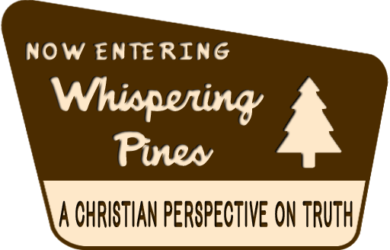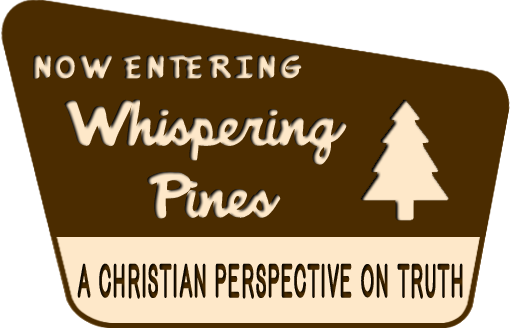When is Truth the Whole Truth?
Everywhere you look today, it seems there is religious and political unrest. Everyone is super focused on the fine details of issues. But such detailed focus means we likely need to see (or acknowledge) the whole truth. We must learn to see the Whole Truth before pushing for social change.
Things that touch us often happen in social situations. A people group seems to be mistreated or overlooked – “marginalized”, and we see some in need. Often, we have been through similar things or watched things happen to others that shock us. They fill us with compassion and a desire to help. The thought of those bad things happening to us profoundly concerns us. We are motivated to want to help and can get very passionate about such things.
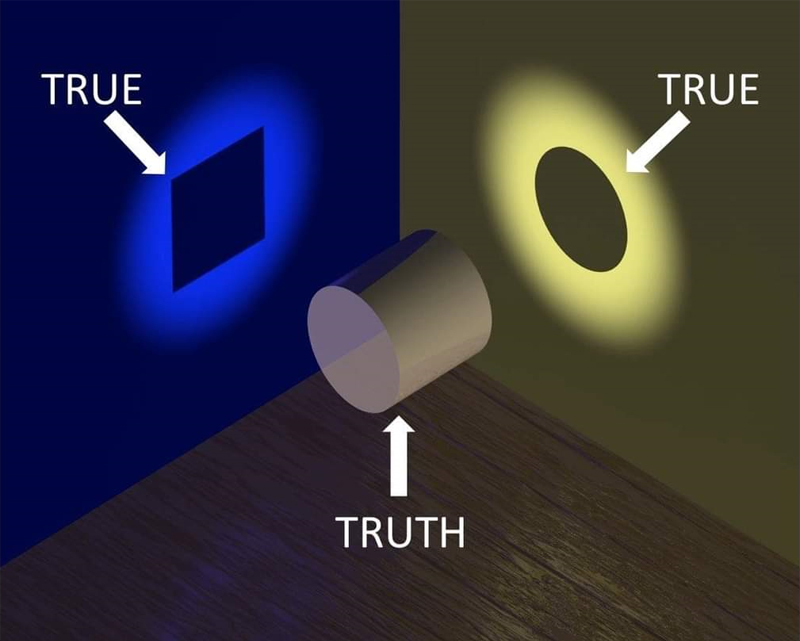
We can lose touch with the whole truth when we take action because we’re so focused on specific things. While we think we are in closer touch with the whole truth, we are deceiving ourselves because we’re missing important truths. This alienates us from others and causes division in society.
Look at this image. Suppose the cylindrical shape floating in the corner of the room is an absolute truth.
Perspective
Notice a rectangle shadow of the truth is cast when a spotlight is shined on the blue wall. And when the spotlight is shined on the yellow wall, a circular shadow is cast. In fact, depending on the angle the light is directed from, a variety of shadows are cast.
If the source of the light represents our enlightened viewpoint, the truth appears different when shined from various perspectives. For example, a rectangle viewpoint and a circular viewpoint, or ovals, trapazoids, or pretty much any shape. The shadow represents what we miss of the whole truth, and the light around the shadow represents the truth we do see.
It’s the same absolute truth that the light is shining on. But the views are different. From our perspective, we see what we think is the whole truth, but we need to keep in mind it is only one perspective on the truth.
Different Perspectives Are Portions of the Whole Truth
Truth viewed from different perspectives is still truth. But we have conflict when we insist our view of the truth is the only way to see it.
We also insist we want to see the whole truth and be loyal to that. But are we being totally honest with ourselves?
When we get so wrapped up in one perspective, we forget to zoom out and see the whole truth.
Usually, it’s political and religious topics that inspire us with deep, lasting meaning. Our deep personal feelings can clash with others who see the same thing but from a different perspective.
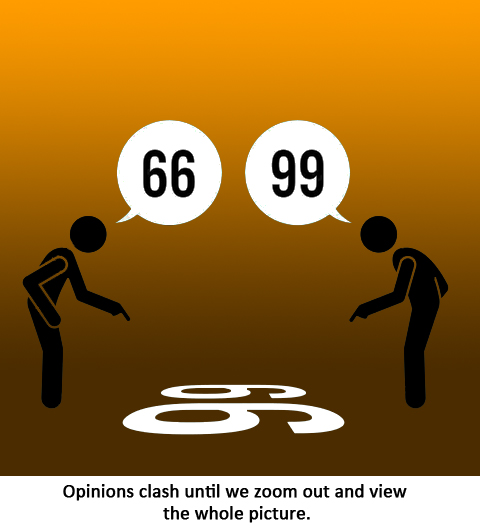
We often overlook other truths because we’re interested in sharing our perspective of the truth with others. In that situation, we aren’t loyal to the whole truth.
Look At The Big Picture First

We risk offending others when we stick only to our own perspective. Offense is something that is “taken” and usually not intended. We all want to be heard but often feel we need to be more listened to when two viewpoints differ. Often, we want to share a nugget of truth we have discovered. We do that because we believe it will benefit those we share with.
An effective way to avoid offending others is to zoom out and look at the whole picture before attempting to speak out. Think it through. View the whole truth from different perspectives. Of course, you can’t control how others will react to your words, but you can certainly frame them to minimize the risk of offense. After all, you’re after cooperation from others to make things better. You don’t want to make enemies, but rather allies.
Rather than looking at offense, we could look at the heart motive of someone sharing. Realize they are sharing because they want to help, and they feel they have something important to say. We can see it as a benefit and that person’s heart as caring. If we view things in that light, the world is better, and we see more of the whole truth.
These illustrations give a sense that we can gain insight into the whole truth if we look at the big picture.
Breakdown of Former Societal Norms Which Kept Things Civil
No wonder society created a rule of thumb for conduct in public gatherings, “Never discuss religion or politics”. Our views are so important to us that it is easy to be offended. Or we can offend others who disagree entirely with us. If we look at the whole truth, we gain understanding and are less likely to be offended. We are also less likely to step on each other’s opinions or understanding.
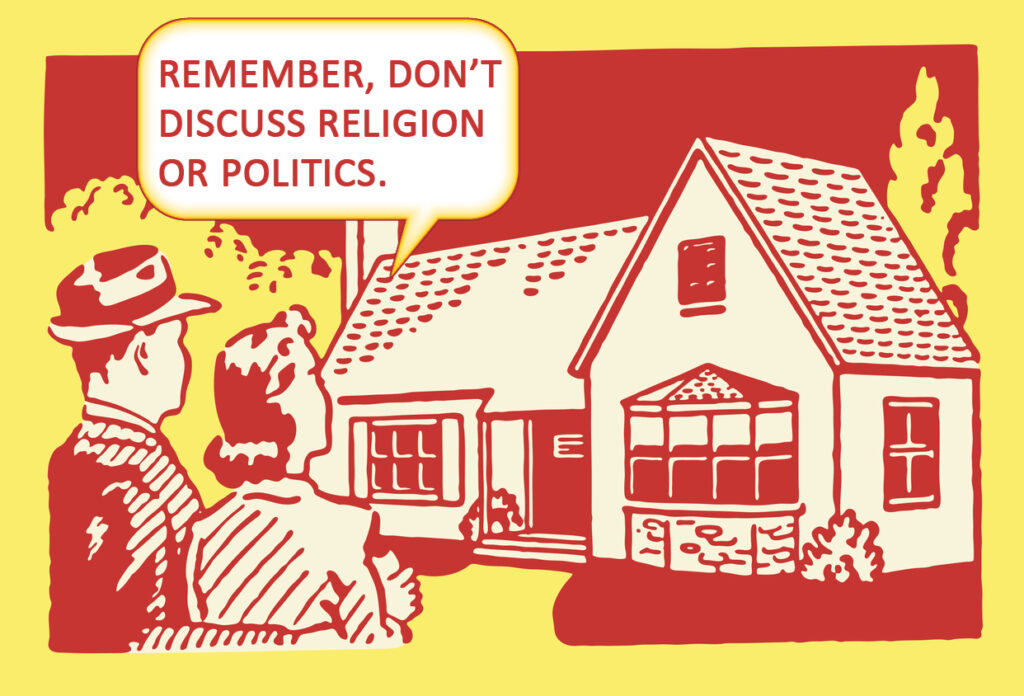
That old rule of thumb was abandoned when social media and ready access to cell phones connected to the internet emerged.

Now, everyone seems prepared, able, and willing to put their innermost hidden thoughts on social media without reservation. We say things we would never say in the company of friends or family unless we lack discretion and don’t have a filter on our choice of discussion topics. And we certainly would avoid such things at work unless we lack discretion. But being a face in an angry, self-righteous crowd protesting a partial truth? That’s a different story. All of that social politeness takes a back seat to our public push for change.
Another indiscretion surfaces in that push for change. We need to be more reasonable in our pursuit of the whole truth. We ignore inconvenient but relevant truths to make our argument. That puts us out of balance and offends others who hold those inconvenient truths dear to their hearts. And we end up with an angry clash instead of moving in the direction of helpful change.
If You Don’t Go On The Whole Truth You Go On A Deception
As “Hippie Preacher” Lonnie Frisbee once said, “Everyone is searching for the right things in the wrong places“.
We all want freedom, love, acceptance, peace, prosperity, health, comfort, and happiness. And we want that for others we care about, too.
Can we all agree that by viewing things from close-up, we are missing the whole picture – the whole truth?
The more we push for our perspective of truth, the more political and religious unrest we can trigger. Also, the more deceived we become.
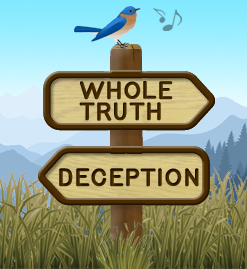
We start to believe the half-truths are the whole truth – or the only truth that matters.
When we insist on only looking at some facts (truths), we ignore truths others may hold as important. How can we ignore others in that quest? Today, the numbers on differing sides are nearly equal on all “hot-button” topics. Is it just or fair to be so one-sided? What truths do we miss out on when we insist on behaving that way?
At this point, we will go into a real-world example to illustrate how we can miss the whole truth and really do harm – even get people killed by pushing for change. This is our perspective on the truth, and we would be hypocritical if we didn’t invite readers to comment on and question our content. We provide a place to do that at the bottom of the page. Remember, no offense is intended! Our intention is to see the whole truth.
Social change can be motivated by half-truths when the people behind the dangerous changes they push for don’t research and go on the whole truth.
Send your thoughts and questions on Learning To See The Whole Truth
Powered by WordPress

